Confused about the different types of strength training? A top trainer explains, plus shares which is the most effective
Consider this your complete guide.
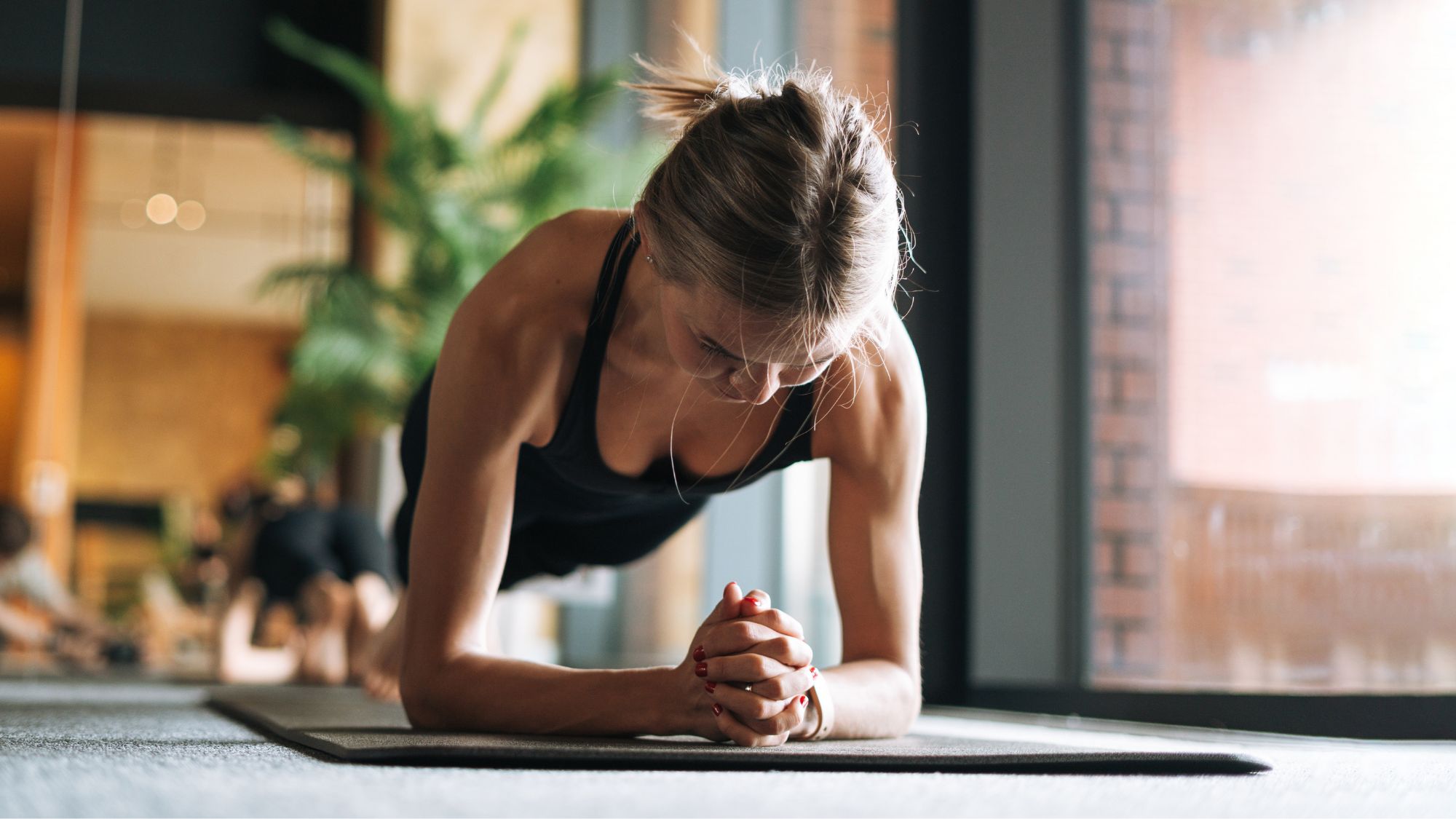

Ask anyone who has ever Googled strength training and they'll all say the same thing: there's a lot of jargon involved. From acronyms (EMOM's and AMRAP's - we're looking at you) to talk of progressive overload, reps and sets - it's enough to make a beginner's head spin, and can be off-putting.
But we're here to help you cut through the noise - because strength training doesn't have to be complicated. Hailed by experts as one of the best workouts you can do, the science-backed benefits of strength training pack a real punch. Studies, such as this one, published in the journal Current Sports Medical Reports, show that resistance-based training increases bone density (particularly important for women), improves cardiovascular health and reduces the risk of developing type 2 diabetes and insulin sensitivity. Yep - this study goes so far as to hail it medicine.
Not only this, but research published in the Journal of the American College of Cardiology also shows that muscle mass is a key indicator of longevity, with women, in particular, reducing their risk of all-cause mortality and cardiovascular mortality risk through strength training - compelling stuff.
That said, there are a fair few different types of strength training - so if you're conjuring up images of muscle-clad gym bros, don't be put off - it's not all about lifting heavy and getting jacked (although if this motivates you, you do you), and it really is worth getting to grips with.
"It’s a common misconception that strength training requires heavy weights," agrees PT and founder of The Warrior Method, Eliza Flynn. "In fact, all it involves is placing enough stress on your muscles for them to adapt, or for your body to develop better brain-to-body coordination so they can use your muscles more efficiently. And this can be achieved through bodyweight exercises, or by using resistance bands, free weights (such as dumbbells or kettlebells) or machine weights."
Convinced? Us too, so keep scrolling for your ultimate guide to the types of strength training and why they're effective. You're welcome! If you're eager to learn more, do check out our explainers on the best strength training exercises, low intensity strength training and at-home strength training workouts. New to the workout? Scroll our guides to the best bodyweight strength training exercises and strength training for beginners, here.
A definitive list of the different types of strength training, plus which is best for you
1. Bodyweight strength training
What? No lifting heavy here, you'll be relieved to hear. Bodyweight strength training is exactly what it says on the tin - resistance training, but using your own body weight, rather than kettlebells, dumbbells or other equipment. Think lunges, planks, squats, sit-ups and more.
Marie Claire Newsletter
Celebrity news, beauty, fashion advice, and fascinating features, delivered straight to your inbox!
Why? Bodyweight strength training is the ultimate in functional fitness - in essence, training your body to be able to cope with everyday activities.
"Strength training is about more than just building stronger muscles," notes Flynn. "Along with stronger muscles comes an ease and confidence of moving, which enables you to live and move more freely, whether that’s being able to lift and carry your toddler, running up stairs without a second thought, or carrying the heavy bags of shopping home without too much trouble."
And the benefits? Interestingly, research (like this study, published in the Journal of Strength Conditioning and Research) shows that what's important in building strength is the act of applying mechanical load to the muscle, rather than how heavy the weight being lifted is. "You can achieve incredible results using bodyweight strength alone," agrees personal trainer and founder of The Power of Mum, Nicole Chapman. "You don’t have to ‘lift heavy’ to see growth - you can achieve the same gains (of increase of muscle strength and size) by increasing time under tension (slowing down the move) and increasing reps (the number of squats, for example)."
Who is it best for? Great for beginners, those who don't have access to equipment, and those of us rehabbing from injuries, bodyweight strength training can be done anytime, anyplace. But more than this, it's universally beneficial, too - if you're used to lifting heavy in the gym, your body's still going to love you throwing a few squats and lunges into the mix, too.
@itsbrookeelle ♬ original sound - Brooke Elle
2. Resistance band strength training
What? If you're new to resistance bands, they're one of the best (and cheapest!) tools you can have in your fitness arsenal. Essentially thick elastic bands of different lengths and strengths, they add resistance to strength training moves and can seriously up the ante - get ready to feel the burn.
Why? Creating resistance via band confers some serious benefits, from improving mobility and flexibility to building strength.
"They’re gentle on the joints while still enabling you to build muscles and are easily portable," notes Flynn. "Exercises you can do with resistance bands include banded lateral walks which are great for hip stability and strength."
You can do many exercises with resistance bands that you can do with weights, so if you're looking for a more affordable alternative to dumbbells, pop some resistance bands in your basket, stat. And they're great for travelling too - you can chuck them in your suitcase and not worry about being over the weight allowance (trust us when we say - dumbbells don't travel well).
Who is it best for? It won't surprise you to hear that resistance band workouts are great for pretty much everyone, but they're particularly beneficial for people with limited mobility, or those recovering from an injury. Keen to give them a go? We've got the best resistance band leg workouts, resistance band core workouts and resistance band arm workouts for you, here.
@move.with.margie ♬ STAY - The Kid LAROI & Justin Bieber
3. Free weight strength training
What? For the uninitiated, free weight exercises simply describe exercises that involve weights that aren't attached to a machine, such as kettlebells, barbells, medicine balls and dumbbells.
Why? "Free weights require more control and stabilisation than machine weights, as they often allow for a wider range of motion," advises Flynn. "These are excellent for building coordination as well as strength, but if you’re new to strength training, don’t go straight to the heavy weights. Like anything, you need to build up to avoid injury."
Who are they best for? While (light) free weights are pretty safe for beginners, our experts advise that free weights tend to be more suited to strength training regulars. But you needn't be restricted to only using them in the gym; there are lots of options on the market for home use too. If you're interested in adding load from home, try a set of adjustable dumbbells. They don't come cheap, but they're a space-saving way of accessing a range of light, medium and heavy weights without converting your whole garage into a weights room.
@freya.potentiacoaching ♬ Euro$tep - West
4. Machine weight strength training
What? Take a look inside any gym, and you'll see a range of resistance-based workout machines such as the leg press or lat pull down.
Why? "Machine weights are often used to isolate specific muscle groups in the gym," says Flynn. "They’re ideal for beginners or those who are rehabbing from an injury as they guide the motion, and reputable gyms won't allow you to use the machines until you've had a thorough induction. Used properly, they’re very effective at building strength."
Unlike free weights, if you've picked up more than you can handle, you can easily change the weight by simply moving the pin and decreasing the load.
Who are they best for? Machine weights are well suited to beginners and seasoned gym-goers alike. Just be realistic and meet your body where it's at - no one is judging you.
@alliracase ♬ Astronaut in the Ocean (Remix) - David Charlos
What is the most effective form of strength training?
Now we've covered the different methods you can use to build strength, it's time to get a little technical. Once you've chosen your poison (ie your preferred resistance), you have to know how to use it to get the most bang for your buck. After all, we're all busy, so you may as well make the most of those precious strength training sessions.
Keep scrolling for the lowdown on the different types of strength, and what they're effective for.
1. Agile strength
Put simply, agile strength is the ability to change direction quickly and efficiently while carrying weight. Working on this tyoe of strength reduces our risk of injury and falling - particularly important as we age.
"Training for agile strength improves coordination, balance and also prevents injury," Flynn tells MC UK. "Exercises to build this include medicine ball lateral shuffles, farmer’s carries, direction-change sprints. A real life situation where agile strength would be used is when carrying heavy shopping bags, or nipping through a crowd."
2. Endurance strength
Endurance strength is the one that's going to help you stay active for longer periods, without losing energy - think being able to walk/run/swim further. For many people, strength of this type is the ultimate test of fitness - and it is excellent for overall cardiovascular health.
"To increase endurance strength, you need to be focussing on continual repetition of muscle contractions over a long period of time," explains Chapman. "This will lead to an increase in stamina and improved recovery time."
Think circuit training over multiple rounds (squats, push ups, lunges etc) and lower weights with higher repititions (reps).
3. Explosive strength
Explosive strength isn't as scary as it sounds! It's all about the most amount of force you can create in a short period of time. Think quick, powerful movements such as medicine ball throws and cleans, and you'll be rewarded with enhanced athletic performance across a wide range of activities.
"Explosive force requires you to generate quick, powerful movements," says Flynn. "This type of training helps increase bone density as well as developing fast-twitch muscle fibres which are needed for quick movements, from running to grabbing an item falling from a shelf - it's all about reaction times."
@debsylee ♬ original sound - Debs Lee PT • Thriving at 50+
4. Maximum strength
Maximum strength is, in short, what uo probably think of when yuo're considering how strong someone is. Can you pick a heavy box up off the ground, or push a heavy load away from you? If so, you have good maximum strength. And if you're into showing off at the gym - this is your chance to shine.
"Maximum strength refers to how much force your muscles can create in a single effort," adds Flynn. "Heavy squats, deadlifts, and hip thrusts can help build maximum strength, and working on it will help build fast twitch muscles and improve bone density."
Don't be concerned about bulking out, either - women generally lack the testosterone levels necessary to hone a seriously muscled physique, and trust us when we say it takes a lot of weight over a long period of time to achieve anything close to bulk.
5. Speed strength
Speed strength is just what you'd imagine: the ability to move and react as quickly as you can. To work on this, you will need to incorporate activities like sprint work into your training. If this feels too much, try sprinting up the stairs rather than walking - you might be surprised that over time, it becomes easier. And there's nothing more motivating than seeing results, right?
6. Starting strength
"Starting strength refers to the ability to generate force without any momentum," says Chapman. "Think speed skating or sprinting and reacting quickly to the starting gun, it's the initial force you need to get moving. We use this kind of strength when we're standing quickly from a sitting position, or lifting a heavy suitcase from the floor."
Want to work on your speed strength? Add in dead-start kettlebell swings, jumping lunges and stand to sit squats to improve this.
7. Relative strength
Last but certainly not least, let's talk relative strength - your strength in relation to your body weight.
"This type of strength is perhaps one of the most important, as it helps you move efficiently every day and during physical activities," says Flynn. "You can improve your relative strength via any type of strength training, and it's useful for overall functional fitness, whether you're planning a hike, a marathon or simply walking upstairs."
Knowing your relative strength can be helpful with motivation, as you'll be able to track improvements and measure progress.
So, there you have it. Which type will you be giving a go?
Shop MC UK's go-to strength training kit here:
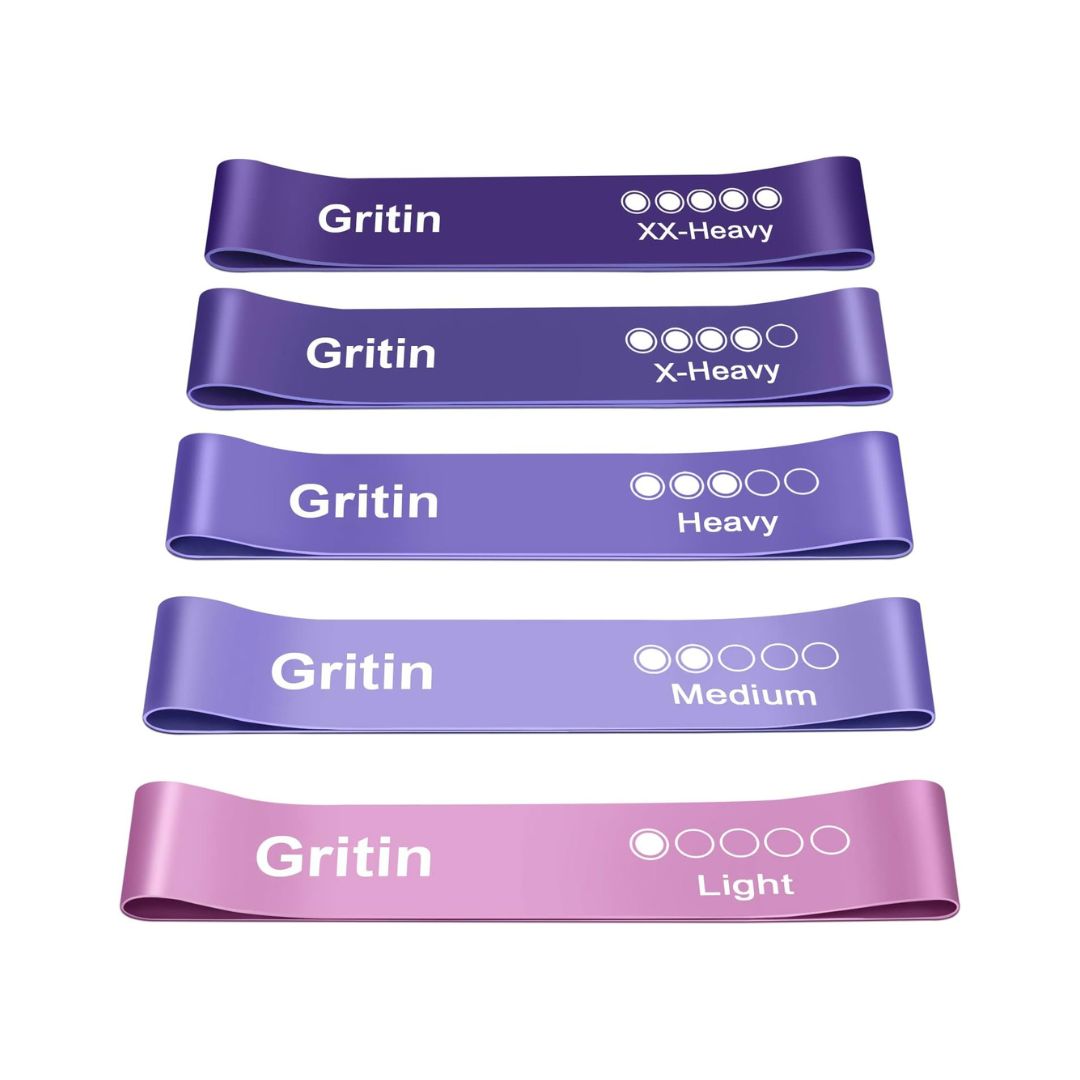
As we've mentioned above, resistance bands are a fantastic cheap and portable way to add some resistance to your strength workouts. This set comes with five skin-friendly bands of varying resistance to suit all abilities, plus a handy carry bag, too.
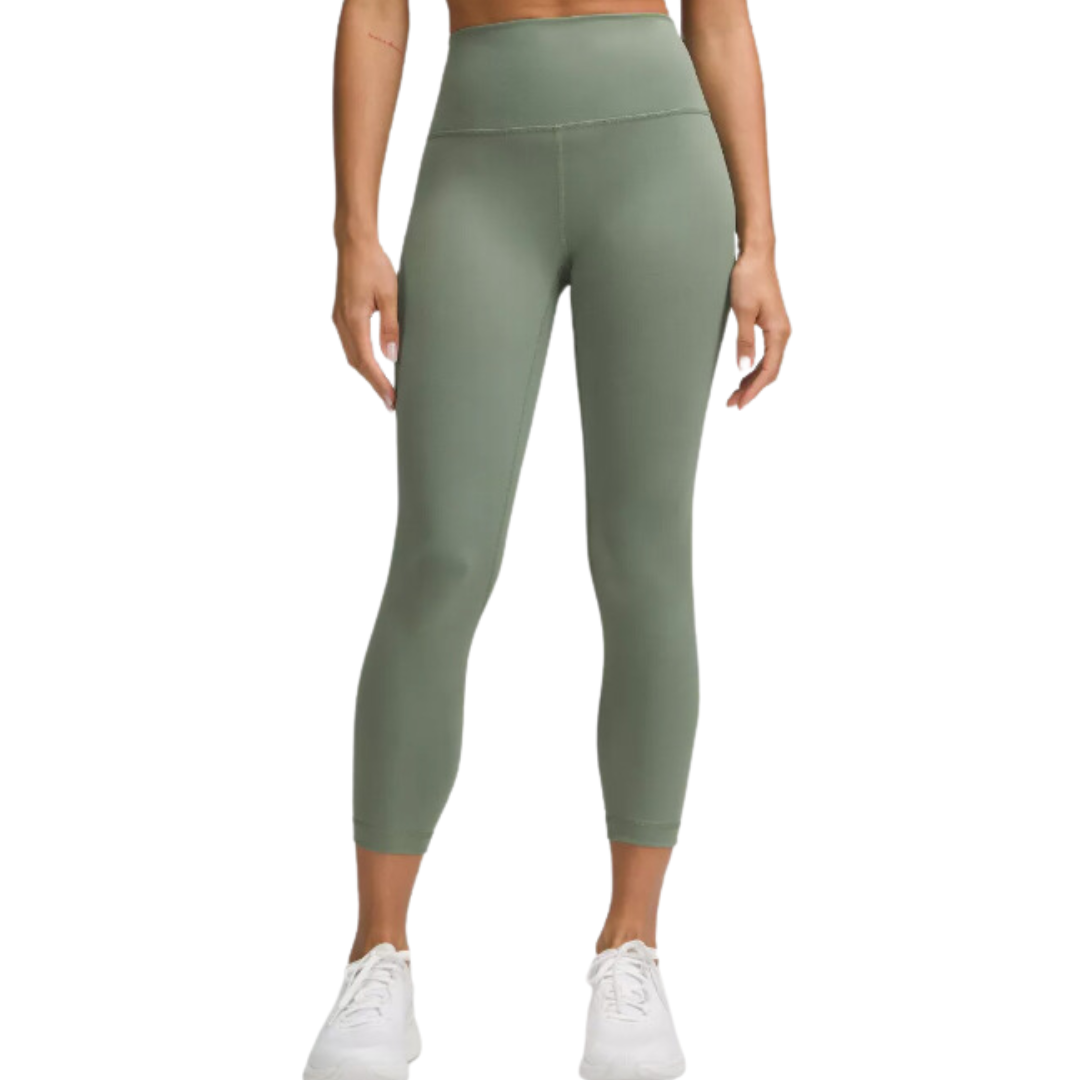
An essential if you're lifting heavy, these training tights are seriously the dream. Sweat-wicking, supportive and like a second skin.
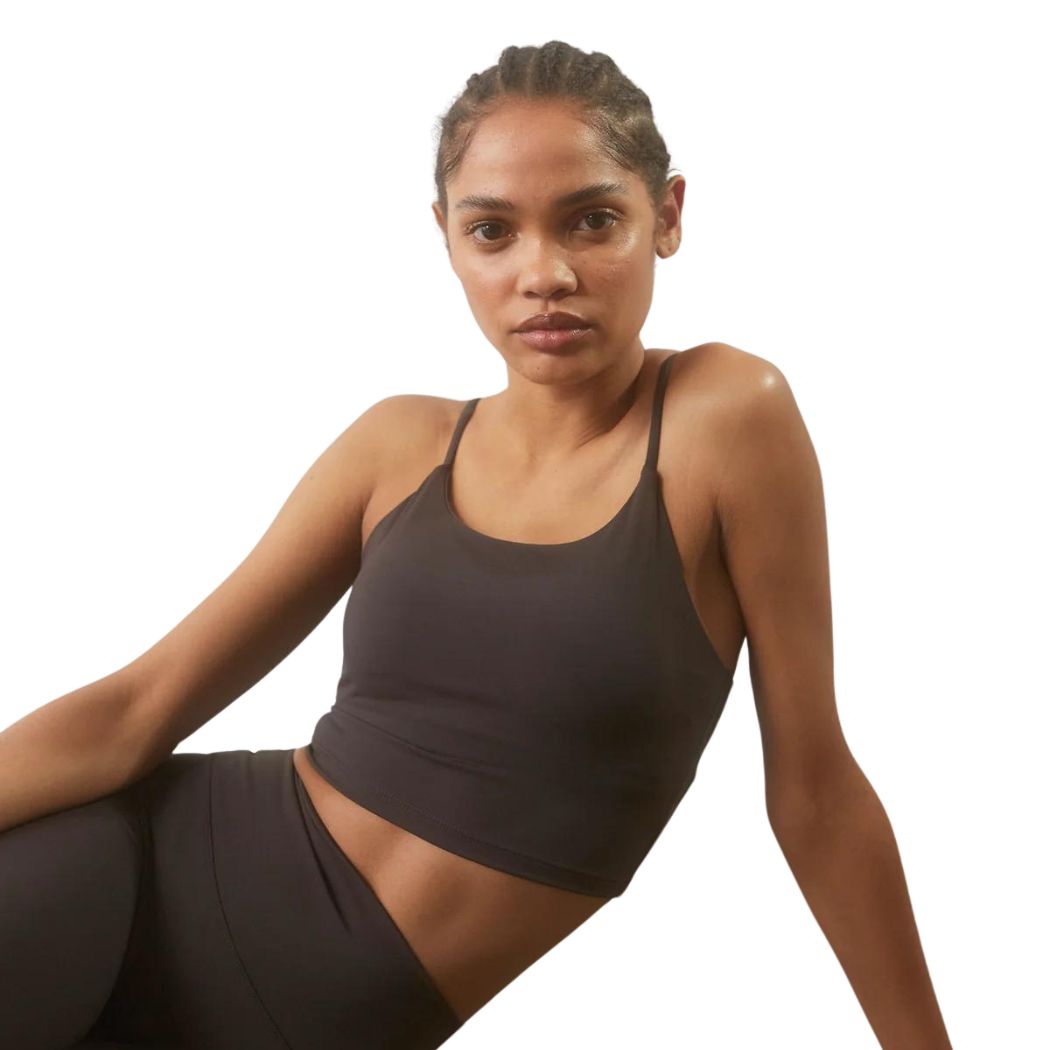
Always a favourite with the MC UK team, this Adanola tank bra will take you seamlessly from gym to coffee in style.
How many times a week do I need to strength train?
If you're wondering how often you need to strength train, you're in the right place. The NHS exercise guidelines state that we should all be doing strength work at least twice a week, while our experts recommend around three times per week to maximise gains.
Do note, though, that it's important to listen to your body and don't overdo it, or all you'll be achieving is a short cut to injury. "Before starting an exercise program, it's important to check with a doctor, warm up, start with a single set, and allow muscles a full day to rest between sessions," advises personal trainer Emma McCaffrey.

Anna Bartter is a freelance journalist who writes about health, fitness and women's lifestyle for publications including Stylist, Metro and Psychologies, among others.
She's always on a quest to find a variety of fun and functional workouts that give you the most bang for your workout buck and she's passionate about championing movement for everyone's mental and physical wellbeing.
-
 Margot Robbie's new necklace has the most emotional meaning
Margot Robbie's new necklace has the most emotional meaningSo sweet
By Iris Goldsztajn
-
 Why Kate and William made the shock decision to skip Easter service
Why Kate and William made the shock decision to skip Easter serviceThey're usually a mainstay at the annual event
By Iris Goldsztajn
-
 I get lash lifts regularly—here’s how I combat 'lash dehydration’, as per expert advice
I get lash lifts regularly—here’s how I combat 'lash dehydration’, as per expert adviceHow I've got my flutter back on track...
By Rebecca Fearn
-
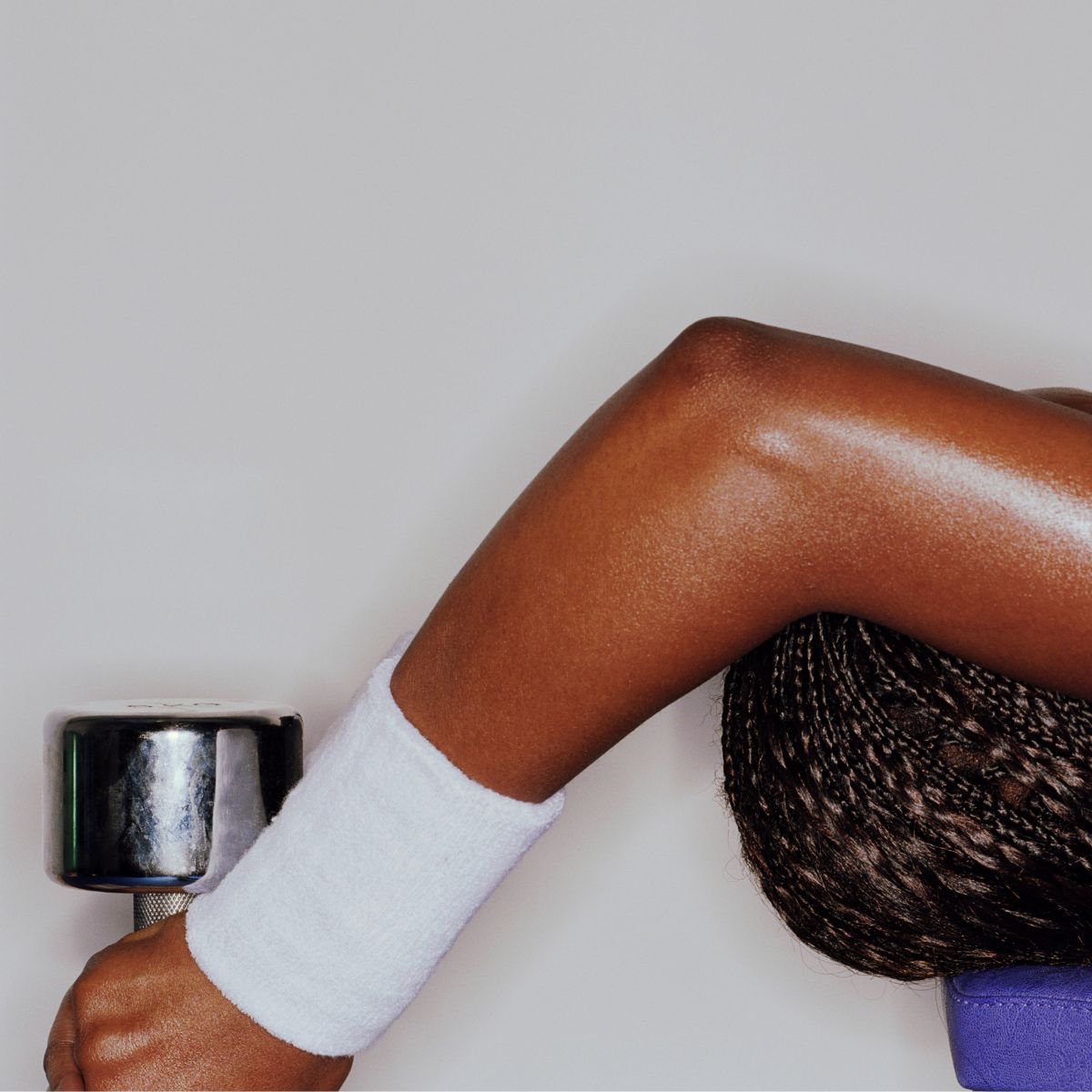 Resistance training isn't going anywhere this year - 8 exercises for longevity, bone health and muscle build
Resistance training isn't going anywhere this year - 8 exercises for longevity, bone health and muscle buildBuild a stronger body for life.
By Anna Bartter
-
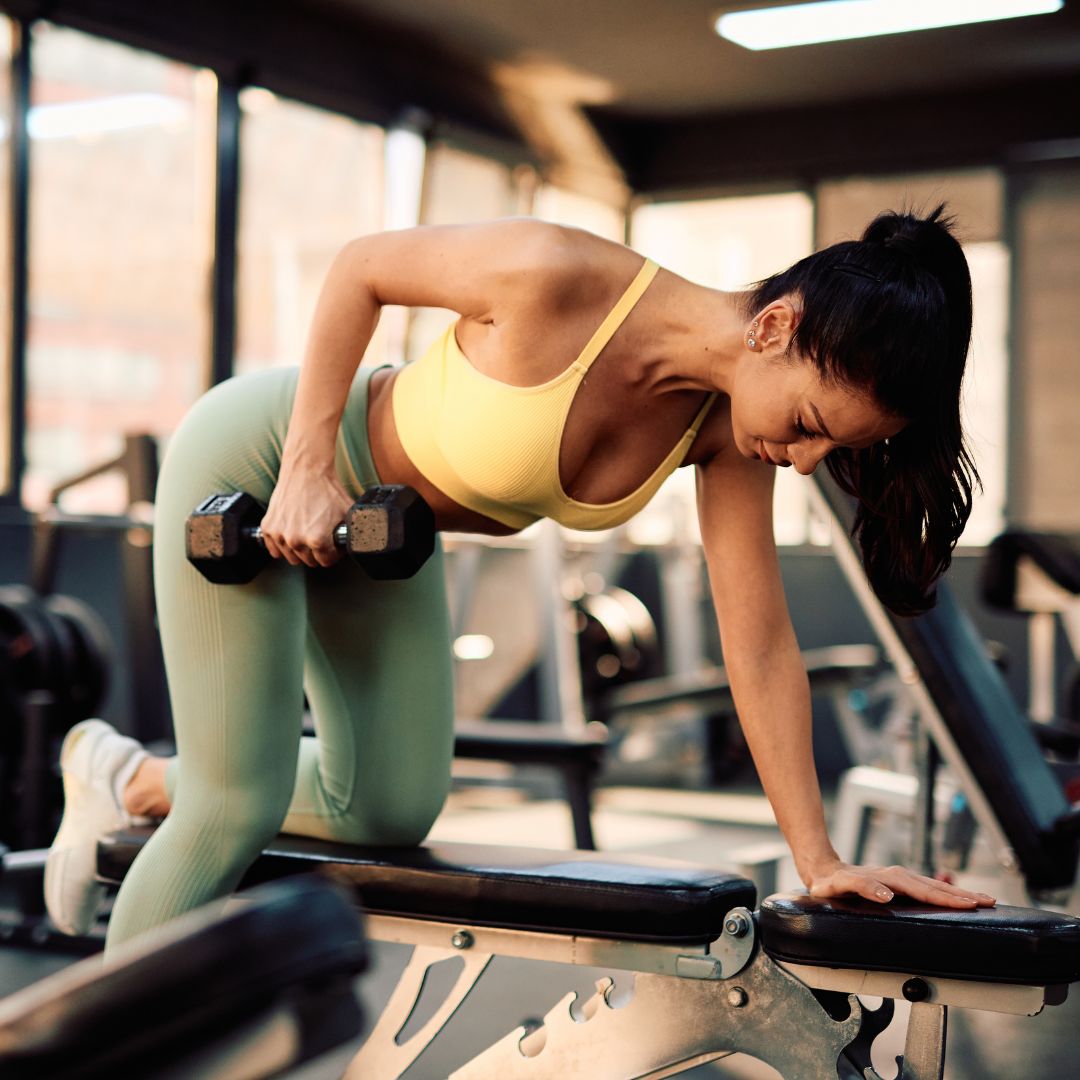 Bent-over rows are raved about for building upper body strength - 7 variations that are better for building muscle, strength and tone
Bent-over rows are raved about for building upper body strength - 7 variations that are better for building muscle, strength and toneDon't skip upper body day.
By Anna Bartter
-
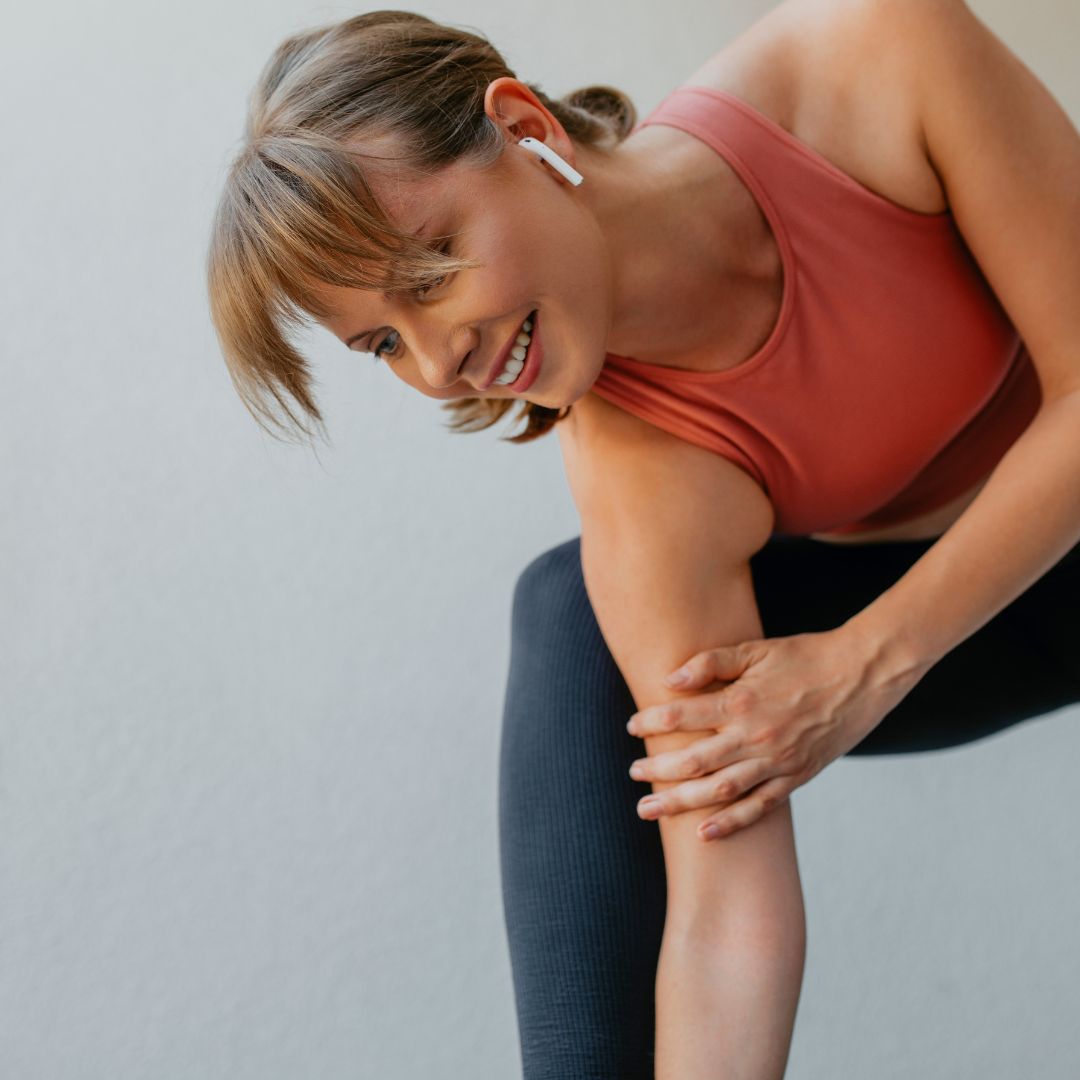 Rotational exercises are an often-forgotten workout move powerhouse - 7 that build core stability and reduce injury
Rotational exercises are an often-forgotten workout move powerhouse - 7 that build core stability and reduce injuryEasy, effective and essential? We're all in.
By Anna Bartter
-
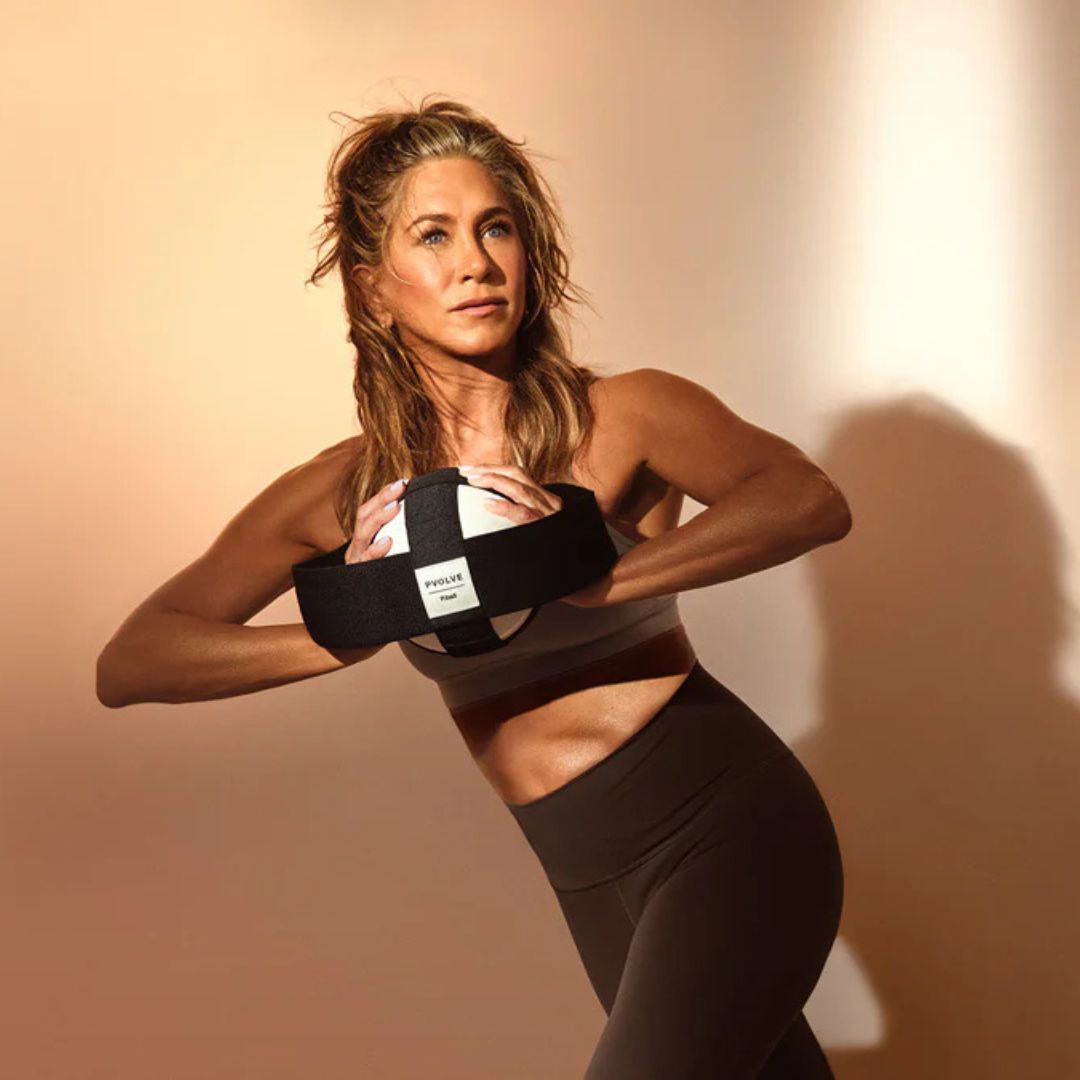 It's the trending workout of the moment and Jen An's go-to - but what actually is Pvolve and is it effective?
It's the trending workout of the moment and Jen An's go-to - but what actually is Pvolve and is it effective?Workout like an A-lister - because you're worth it.
By Anna Bartter
-
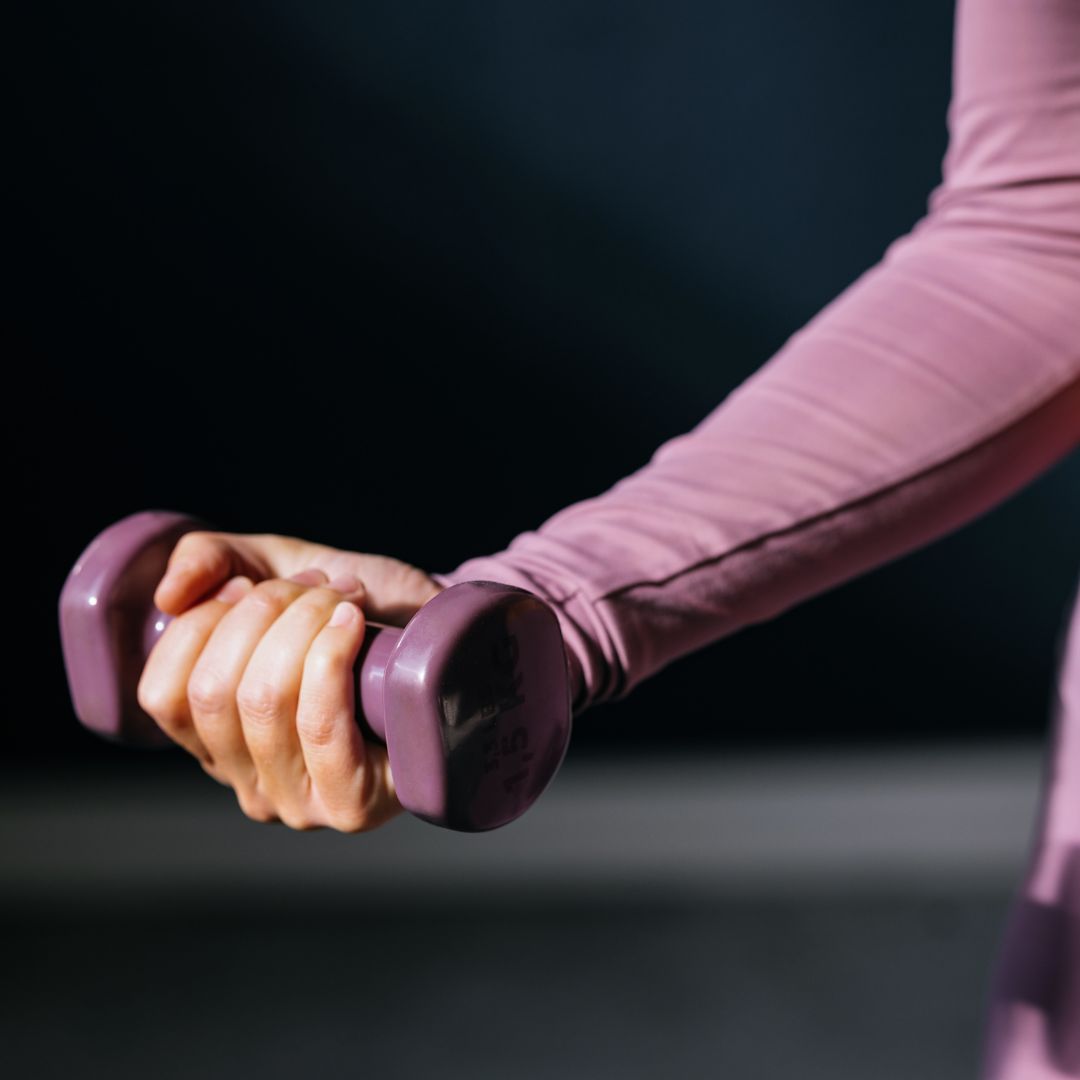 Lateral exercises are arguably the best moves you can do to supercharge balance and coordination - 5 to try
Lateral exercises are arguably the best moves you can do to supercharge balance and coordination - 5 to tryTry these moves for a well-balanced workout.
By Anna Bartter
-
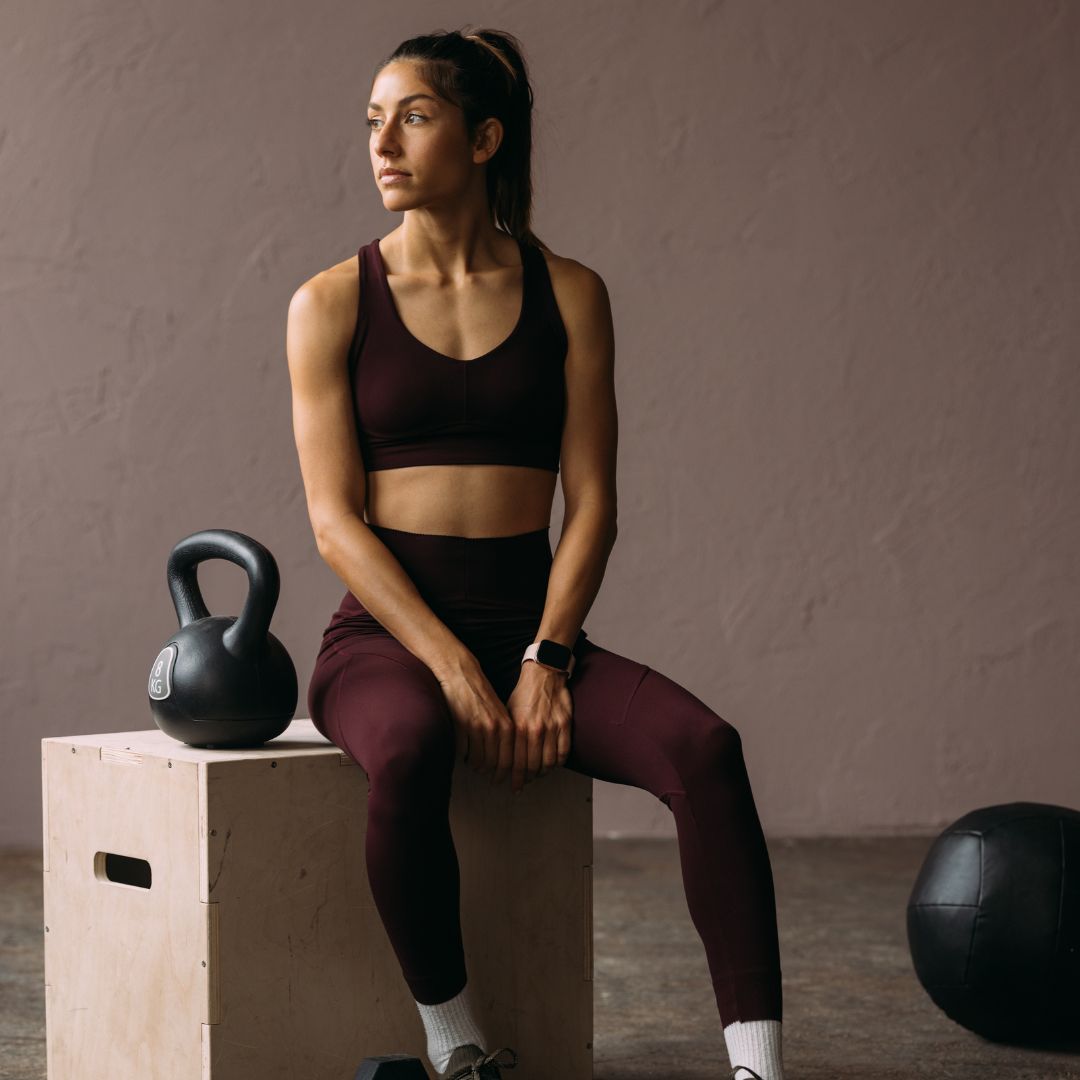 Looking to mix up your strength training? 7 best kettlebell exercises for beginners, according to Peloton coaches
Looking to mix up your strength training? 7 best kettlebell exercises for beginners, according to Peloton coachesA truly beginner-friendly piece of kit.
By Anna Bartter
-
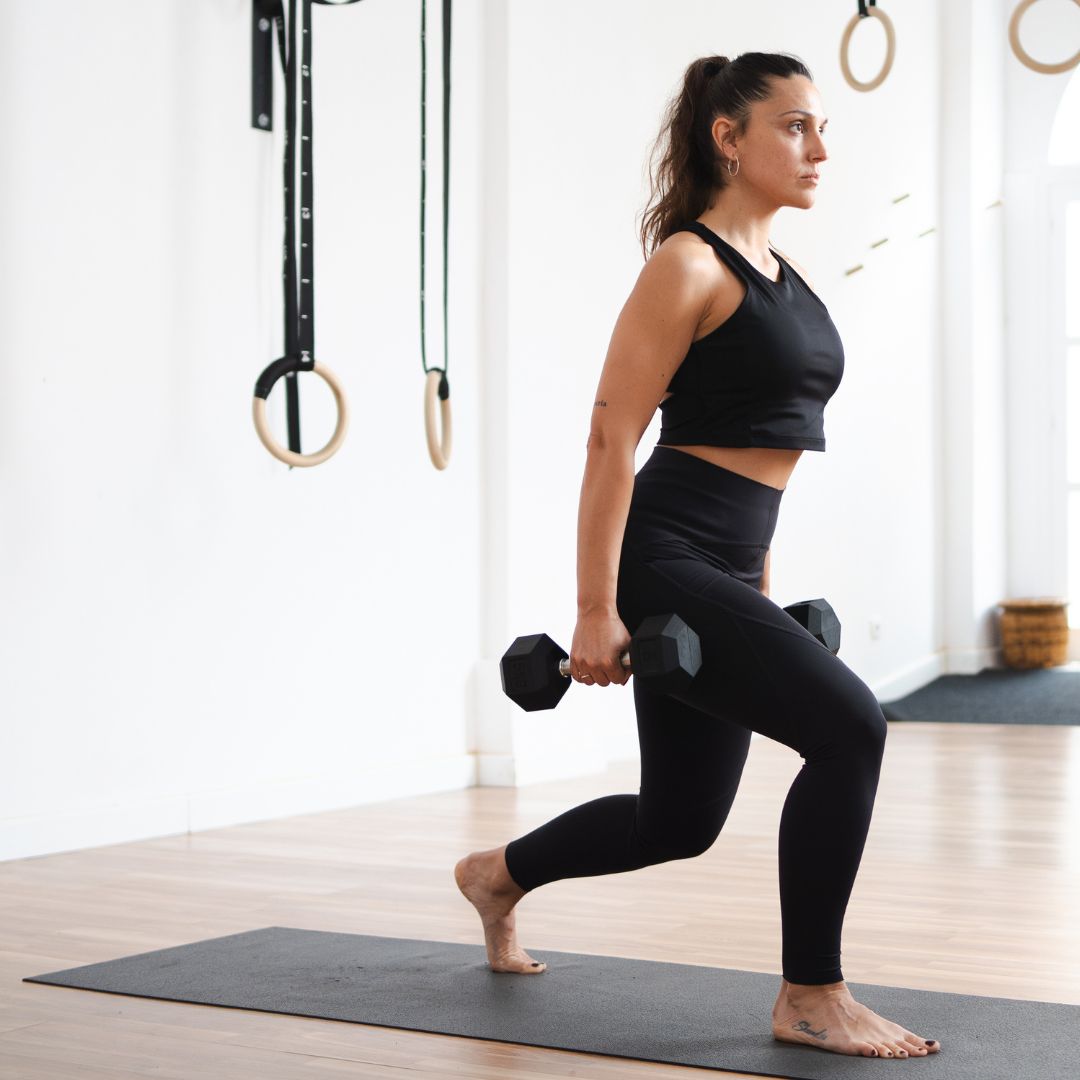 New to strength training from home? 7 effective yet simple dumbbell exercises for beginners to kickstart your strength
New to strength training from home? 7 effective yet simple dumbbell exercises for beginners to kickstart your strengthNo gym membership? No problem.
By Anna Bartter
-
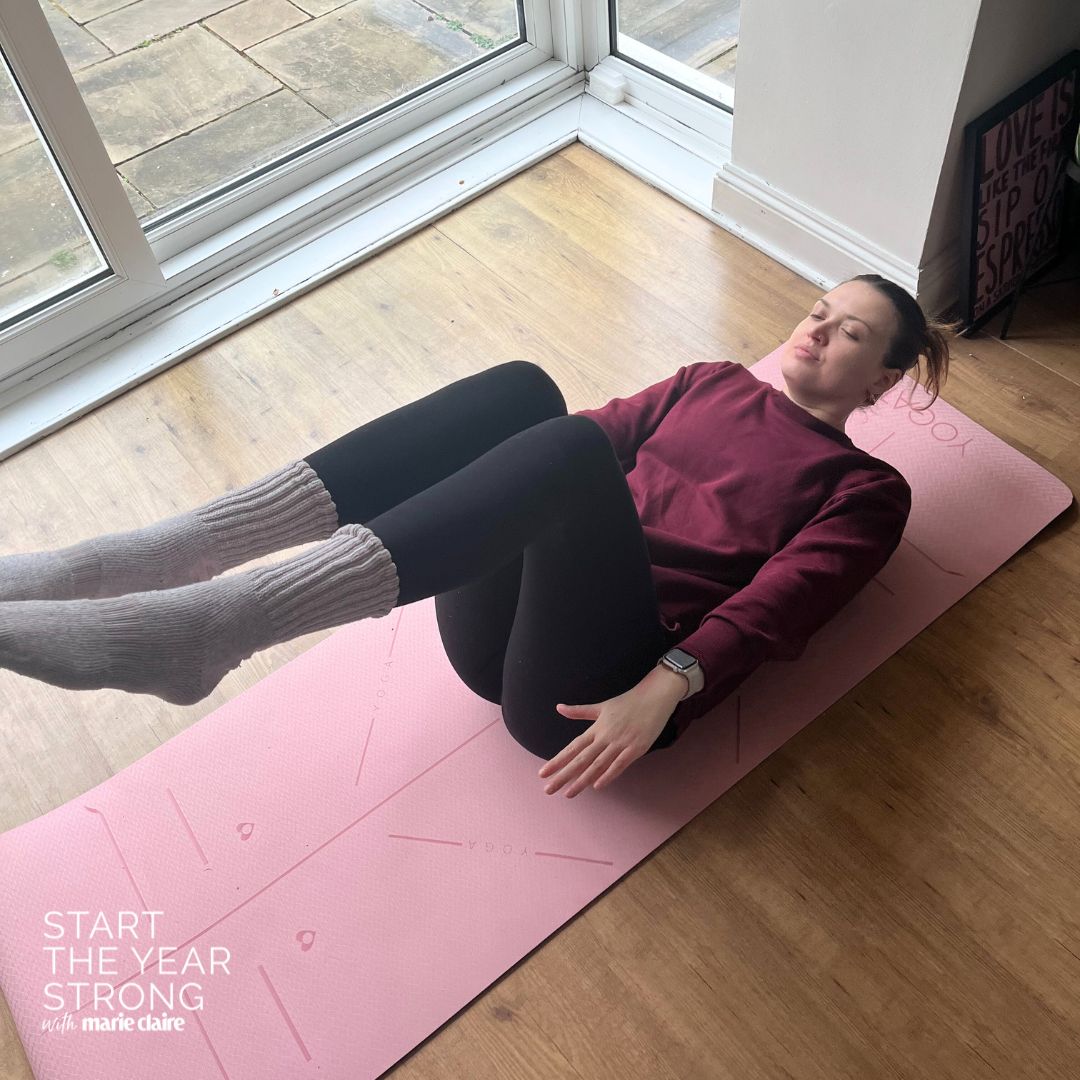 I've been doing dead bugs every day - and am surprised by how much they've strengthened my core and reduced my back pain
I've been doing dead bugs every day - and am surprised by how much they've strengthened my core and reduced my back painFor strong abs, and a properly supported spine.
By Georgia Lockstone